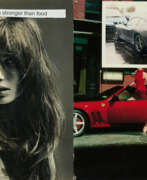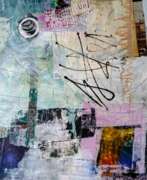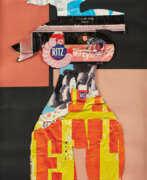Collage

Collage
Collage is a distinctive artistic technique that originated from the French word "coller," meaning "to glue." It involves creating artworks by assembling diverse materials such as paper, photographs, fabric, and other ephemera onto a supporting surface. This technique was revolutionized in the early 20th century by Cubist artists Georges Braque and Pablo Picasso, who integrated collage into their paintings to achieve deconstructed and multi-dimensional effects.
The modernist approach to collage began with Braque's discovery of wood-grain wallpaper, which he cut and pasted into his drawings. Picasso quickly adopted this technique, incorporating fragments of newspaper, patterned paper, and other materials into his works, such as the renowned "Still Life with Chair Caning" (1912). Their experimentation laid the foundation for collage as a medium that blurs the boundaries between painting and sculpture, high art, and everyday objects.
Collage evolved through various art movements, including Dadaism and Surrealism. Dadaists like Hans Arp embraced chance and randomness, using everyday items like magazine cut-outs and candy wrappers to challenge traditional art forms. Surrealists, inspired by Dada, used collage to create dreamlike scenes that tapped into the subconscious, as seen in the works of André Breton and Joseph Cornell.
Collage remains a versatile and dynamic art form, continuously inspiring contemporary artists who explore both traditional and digital methods to create innovative and thought-provoking pieces.
Sign up for updates to learn more about upcoming sales and auction events related to collage art. Stay informed and discover unique opportunities to expand your collection.
| Country: | Europe, France, Germany, Russia, Spain |
|---|---|
| Start of the period: | 1912 |




















